Making as evidence of problem-solving
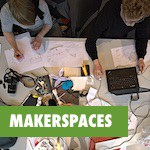 It’s quite easy to see how making often takes students on new journeys, where their imagination provides opportunities to exercise the transferable skill of creative and practical problem solving.
It’s quite easy to see how making often takes students on new journeys, where their imagination provides opportunities to exercise the transferable skill of creative and practical problem solving.
After a visit by EMMA, students at Malletts Bay School, in Colchester VT, were inspired to use their new skills to create an interactive display for their whole school community.
Making the Malletts Bay Fall Exhibit
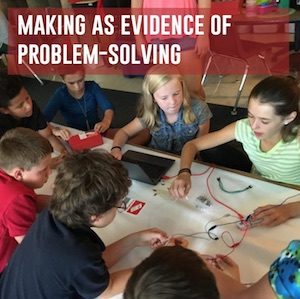 After a 90 minute EMMA visit to Malletts Bay School where fifth grade students learned to use a Makey Makey and code using Scratch, a small group decided to use their new maker skills to create an interactive display for the Fall Open House at their school.
After a 90 minute EMMA visit to Malletts Bay School where fifth grade students learned to use a Makey Makey and code using Scratch, a small group decided to use their new maker skills to create an interactive display for the Fall Open House at their school.
As soon as I saw their creative exhibit start to come to life, I suggested that they might want to share their exhibit with a greater audience at the Champlain Mini Maker Faire.
Within a few days, the students’ interactive exhibit included hay bales with musical chysanthemums and pumpkins. When the students contacted me to see if I could bring them a cauldron, my curiosity was piqued. I nearly fell over in my chair when I heard the cackling witches laugh and the spooky music that came from the caldron as they stirred the witches brew. Using water in a cauldron as a conductor and adding wire to a witches brew stick made from PVC pipe was one of the most creative examples of a closed circuit I’ve seen.
These students were so creative in their problem solving, I was not at all surprised to discover that they had managed to create a circuit with a plastic skeleton by adding some wire around his finger tips and around his rib cage so that “Harry” — their skeleton — would laugh when you touched his rib cage or offer a different greeting when you shook his left or right hand.
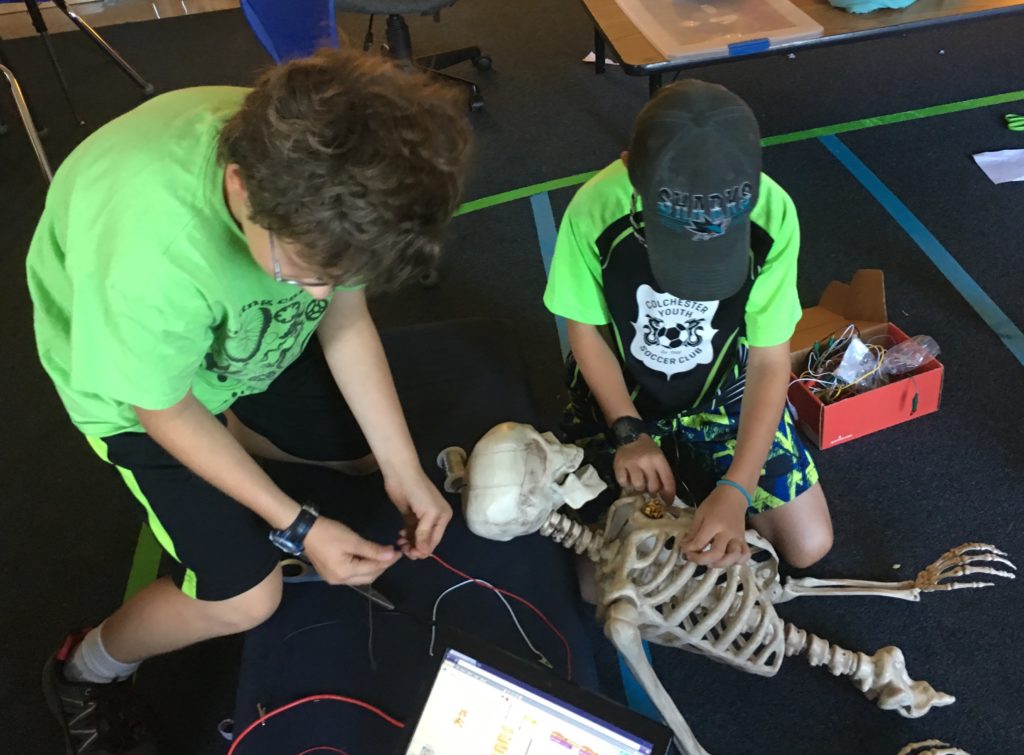
Identifying indicators of a transferable skill
I can say without a doubt that these students generated ample evidence aligned with the Creative and Practical Problem Solving performance indicators.
For example, their efforts to use the Makey Makey in creative ways to add pizzazz to their Open House illustrated the ability to “Generate a variety of solutions, use evidence to build a case for best responses, critically evaluate the effectiveness of responses, and repeat that process to generate alternate solutions.”
And although I was impressed with the ideas and solutions they implemented in their audible garden, I must say that what impressed me even more was how they were able to “Persist in solving challenging problems and learn from failure.”
As they started to assemble the wired objects into a whole display, the students experienced many points of failure. Some wires were too short. Some wires became entangled or undone as they moved around the project. They lost track of which wire went where and needed to come up with labeling systems. Audience members tripped over wires, so the students had to come up with safer and more secure ways to have the display survive many different people touching it.
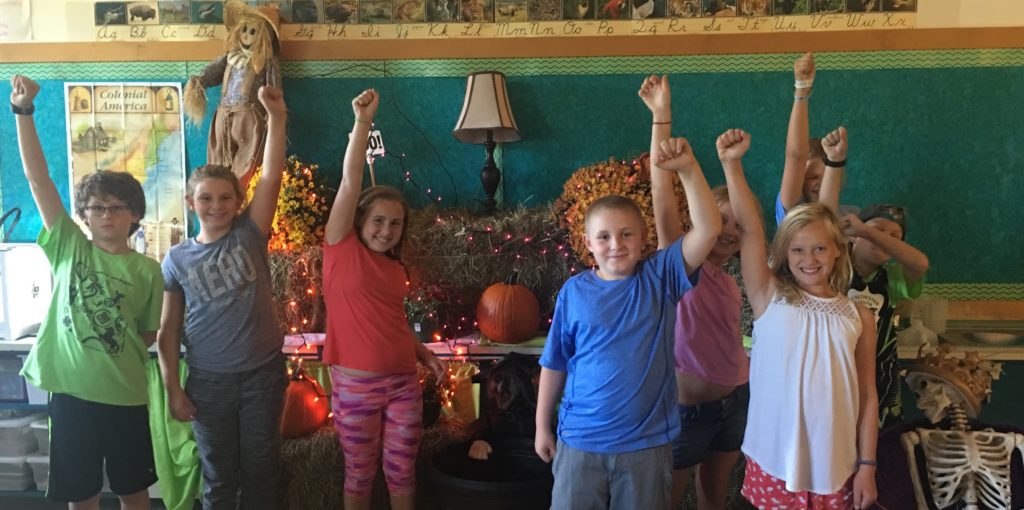
The collaboration between these students in solving these problems was amazing. The wire stripper became everyone’s favorite tool as they constantly redesigned their wiring to solve emergent problems.
I’m not saying it was seamless! There were times when the students had to regroup to look at group dynamics that were helping or hurting their progress. But as they cheered in celebration of their project, each of them shared a story of problem-solving, persistence, and empowerment.
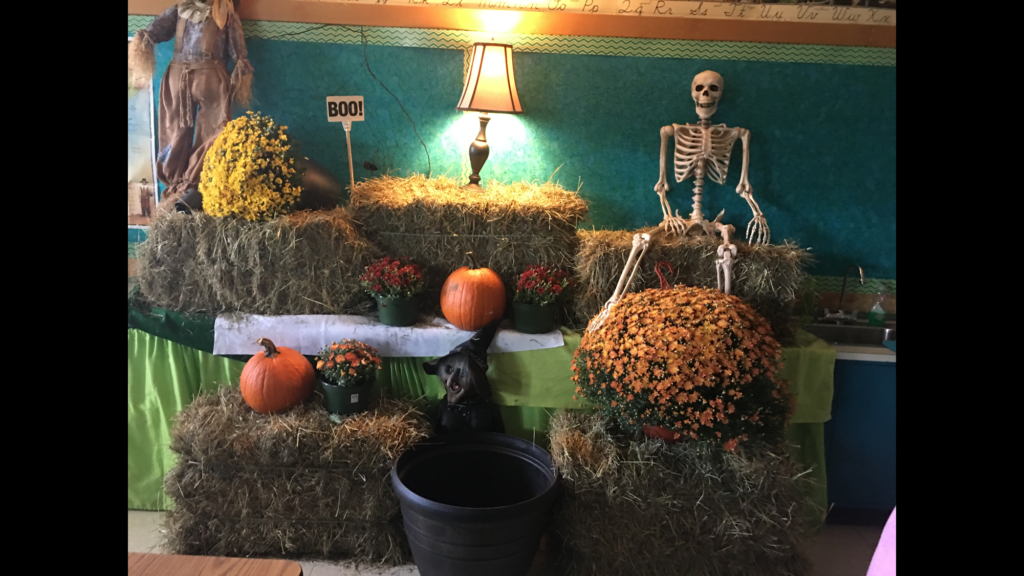
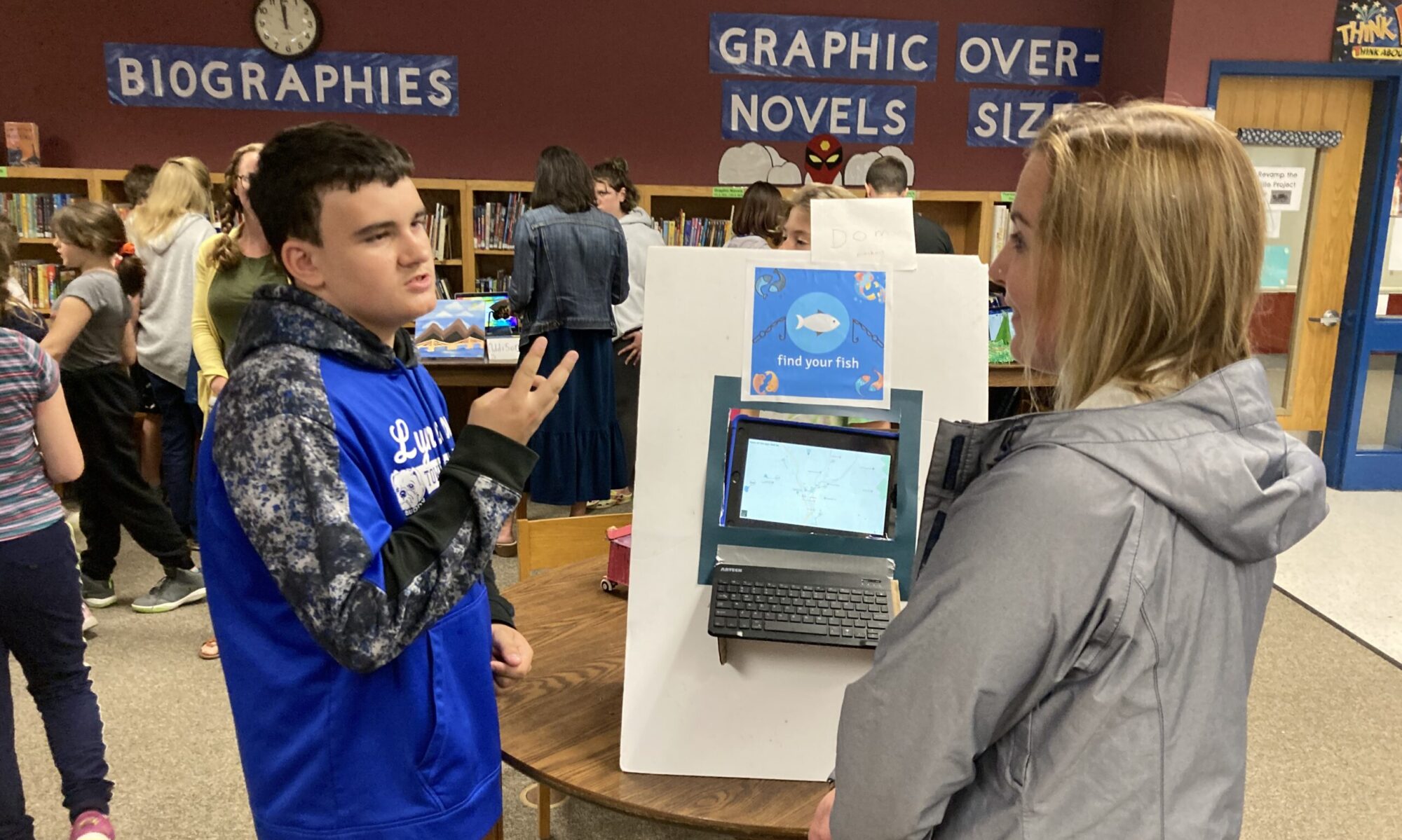

Nice article author. Thank you.